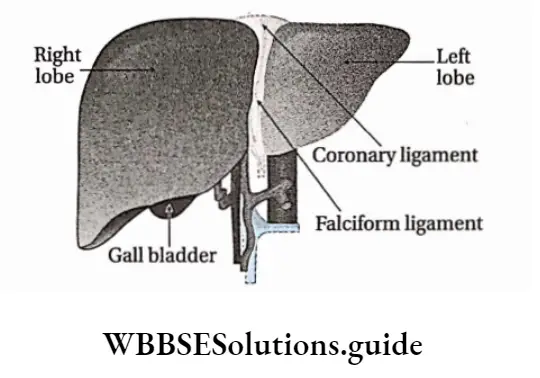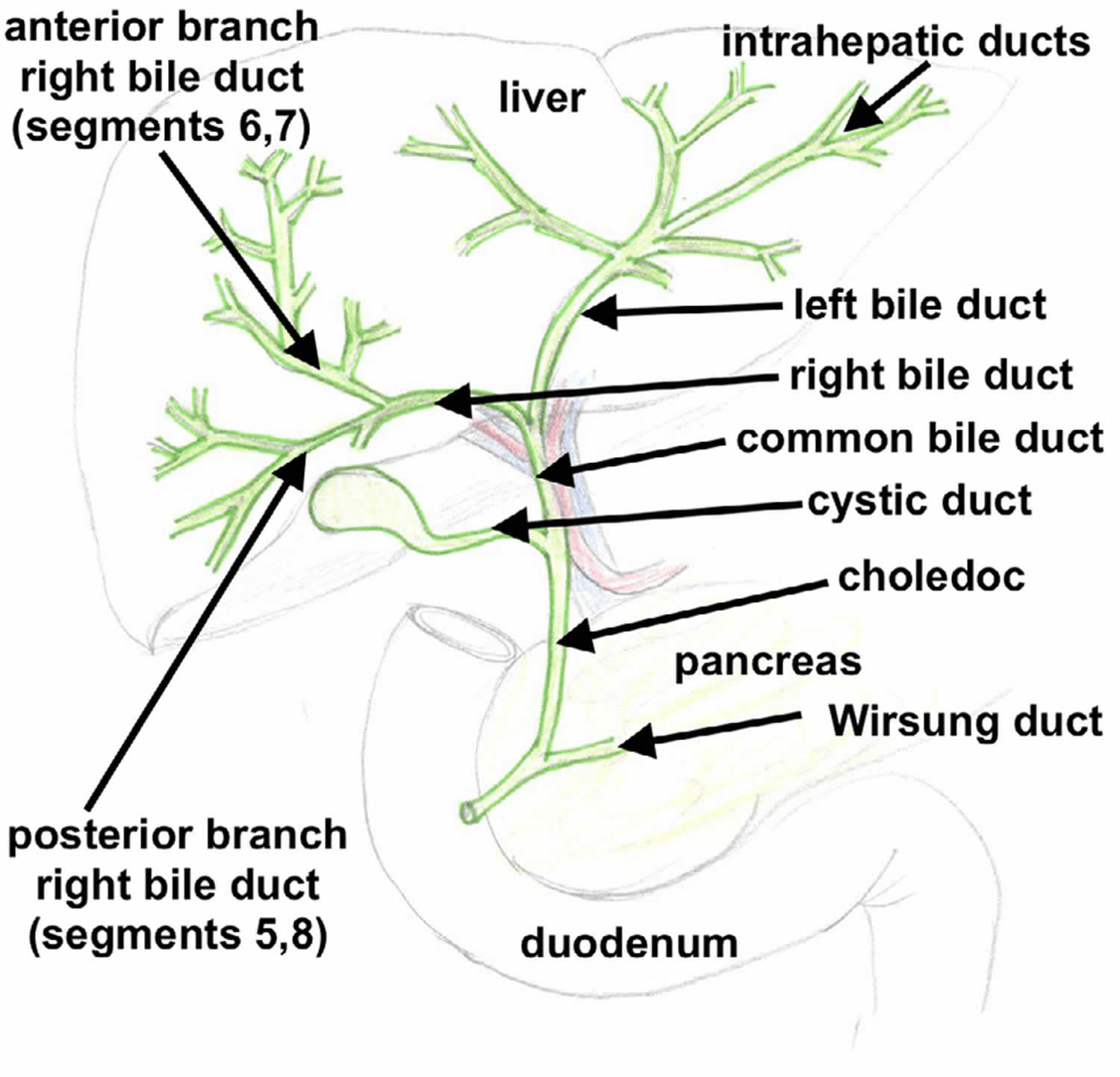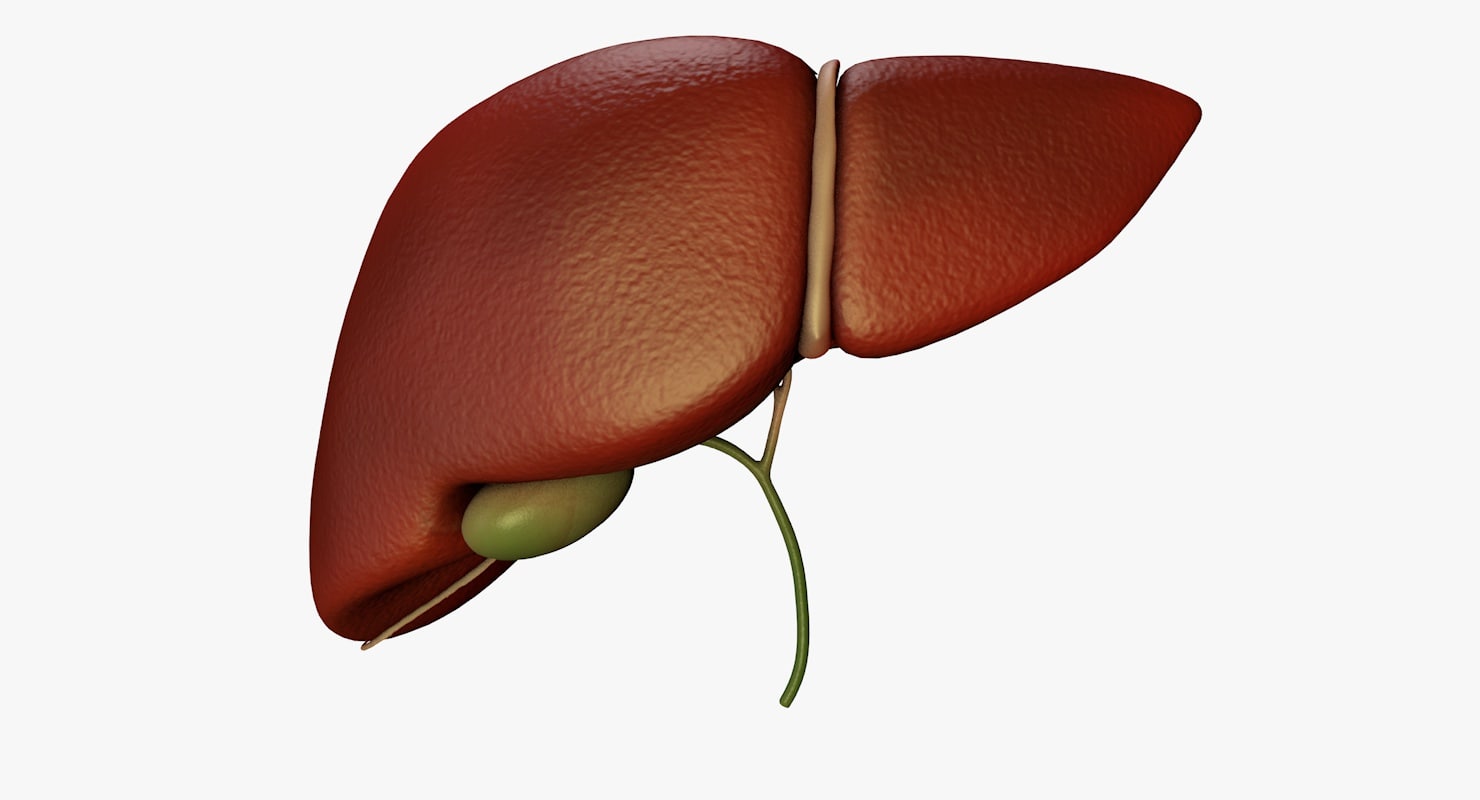Hepatocellular carcinoma causes symptoms diagnosis treatment prognosis Biology Diagrams
Hepatocellular carcinoma causes symptoms diagnosis treatment prognosis Biology Diagrams The bile ducts are a series of tubes that drain bile from the liver and either direct it to the gallbladder for temporary storage or pass it into the duodenum where it can be expelled with the feces. The biliary tree as it is known has many different parts, all of which serve the same function, and are prone to a number of diseases that can ultimately affect the liver, gallbladder and/or

The liver has two main lobes--the right lobe, which is the largest, and the left lobe. The liver, gallbladder and bile ducts are part of the human the gastrointestinal, or digestive tract. The liver contains many small bile ducts that allow bile that is made by the liver to drain into the gallbladder (see anatomy below). Traditionally, the liver was divided into four anatomical lobes: the right, left, caudate and quadrate lobes. However, this has been superseded by the use of the Couinaud classification which divides the liver into eight functional units (known as segments), supplied by individual segmental hepatic arteries, portal veins and bile ducts, which

Anatomy of the abdominal viscera: Liver, biliary ducts and ... Biology Diagrams
Bile Ducts Intrahepatic bile ducts in portal area between hepatic lobes, draining hepatic lobules. Extrahepatic bile ducts: Common hepatic duct formed by junction of right and left hepatic bile ducts. Cystic duct connects common hepatic duct with gallbladder. Common bile duct formed by junction of cystic duct and common hepatic duct.

As part of the digestive system, the liver creates bile, a fluid that helps digest fats. This bile is stored in the gallbladder, a small pouch beneath the liver, and released into the small intestine when needed for digestion. Liver anatomy consists of two main sections, called lobes, but it's much more than that.

Complete Guide with Parts, Names & Diagram Biology Diagrams
Morphological anatomy of the liver. Based on Couinaud classification, the liver is divided into eight independent functional segments (Figs. 6 and 7). Each segment has its own portal pedicle consisting of the hepatic arterial branch, portal branch, and the bile duct with a separate hepatic venous branch that provides outflow (Fig. 8).
